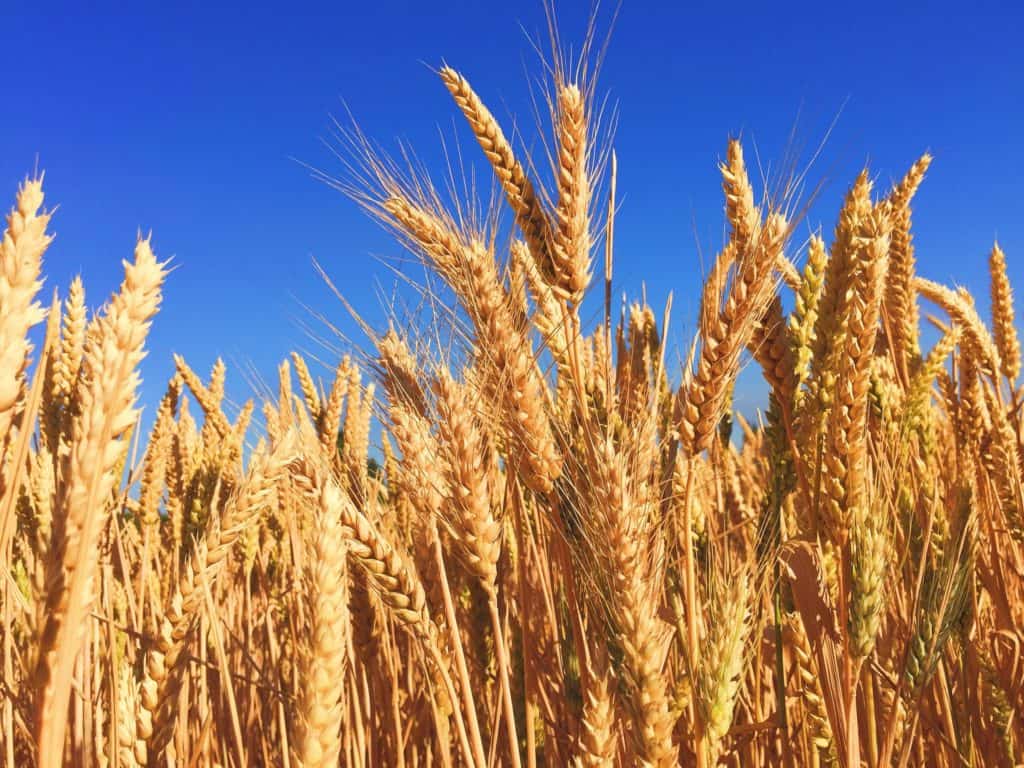The views expressed here are solely those of the author and do not necessarily represent the views of FreightWaves or its affiliates.
Many American consumers do not think twice about where their food comes from, and they never have to worry about their next meal. Grocery stores are consistently stocked with numerous varieties of every product imaginable. Inexpensive hot meals are no more than a few minutes away at any one of the many fast food establishments that have become cultural staples.
Due to the advanced agricultural supply chain in the United States, Americans spend less than 10% of their disposable income on food on average, which is a smaller percentage than most other nations around the world. For instance, a 2014 study reported that consumers in India and China were spending one-quarter of their income on food, while Nigerians were spending more than half of their income. But what are the risks to the transportation system that ensures the nation is fed?
A recent study at the University of Illinois has developed the first high resolution map of the food supply chain in the United States. The map is pieced together with information provided by eight databases such as port trade data from the U.S. Census Bureau.

The comprehensive map demonstrates the flow of food around the country and it illustrates just how complex the food supply chain is in the United States. Grains, produce, animal products and processed food move from state to state, county to county, and sometimes even within the same county several times. And the new map explains the intricate dance that carries food from the farm or ranch to the table, with over 9.5 million links.
Most of the largest food hubs in terms of import and export are in California. Los Angeles County tops the list for both. An urban center with more than 10 million residents at the terminus of an agriculturally rich Central Valley, it makes sense that tons of food would pass through the city on its way to other parts of the country or the world. Furthermore, nine out of the 10 counties with the biggest outflow of foodstuffs were also in California, though droughts occurring in the Corn Belt over the course of this mapping project may have skewed results.

Regardless, the map makes it extremely clear that there are centralized hubs that present a certain amount of risk. The presence of hubs is somewhat unavoidable to process and move such a massive supply of food to consumers, but the way this new study has highlighted such data may lead to some consideration about how to minimize risks like food poisoning and agro-terrorism.
Of these two main concerns, food poisoning is more likely on the radar of the average consumer. salmonella outbreaks occurred from batches of peanut butter in 2009, ground turkey in 2011, chicken in 2013 and cucumbers in 2015. In regard to the peanut butter incident, the very complexity of our food system resulted in the contamination of over 3,900 products made by 360 different companies.

While salmonella, botulism, e.coli and listeria strike fear in the hearts of consumers. it is important to note that some terrorism experts view the food supply chain as an underprotected asset that could prove easy prey for terrorists with an agenda.With the complexity of the supply chain, and due to so much food passing through a few concentrated hubs, the potential danger of such an enterprise is certainly worth considering and preparing for.
In any case, for the time being America’s food supply chain is keeping the shelves of local grocery stores stocked with dozens of different options in every category of food – though mapping out how the food gets there may open up new discussions about how to make the supply chain more secure.









Noble1 suggests SMART truck drivers should UNITE & collectively cut out the middlemen from picking truck driver pockets ! UNITE , CONQUER , & PROSPER ! IMHO
Quote:
“Due to the advanced agricultural supply chain in the United States, Americans spend less than 10% of their disposable income on food on average, which is a smaller percentage than most other nations around the world.”
Out of who’s pocket is that general consumer cost on food “savings” coming from ???
AMERICA thank a truck driver !
However , if truck drivers were to UNITE , American consumers would be saving MORE due to truck drivers cutting out the middlemen , and earning more in the process for themselves without the need to increase rates in order to achieve that driver wage increase point.
IMHO !